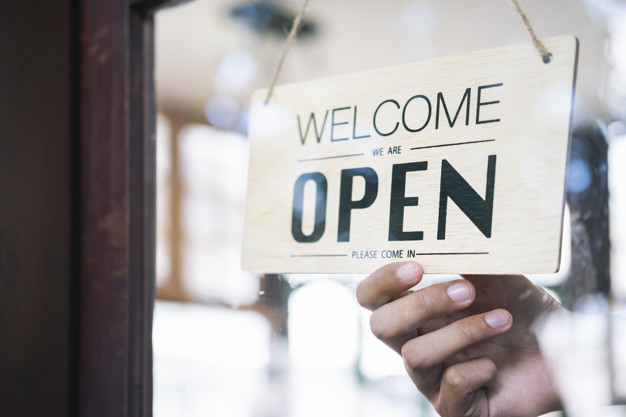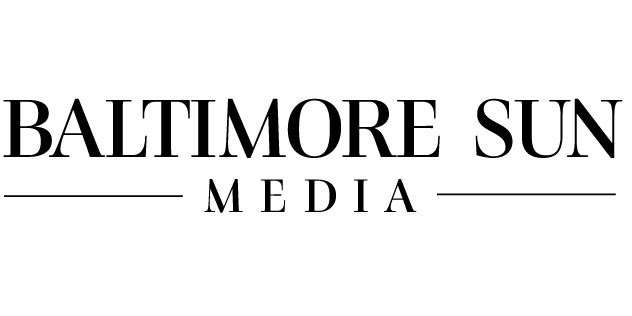
Coronavirus has taken the economy by surprise — and owners of small and medium size businesses are feeling it the most. If there is a silver lining to the pandemic, it’s that business owners are learning how to adapt quickly by experimenting with new revenue streams, trying different marketing tactics and figuring out how to best future-proof their business.
Here are six predictions for what the landscape will look like post-pandemic.
- E-commerce and virtual experiences will become more common
The advent of e-commerce platforms like Shopify and Amazon allow businesses to reach customers who never would have set foot in their brick-and-mortar locations. E-commerce will grow as social distancing continues as a personal or medically necessary choice for many people.
The shift to online experiences isn’t limited to shopping. COVID-19 cancelled many events and activities that typically attract large crowds, but many organizers of conferences and concerts moved their events online. Consumers are become increasingly comfortable with virtual experiences through the likes of Zoom; Instagram Live and Facebook Live and this trend will continue.
- The growth of direct-to-consumer revenue streams
When restaurants and hotels suddenly found themselves without a regular stream of guests, they stopped placing the sizeable food orders wholesale distributors were accustomed to getting.
As a result, many farmers and distributors started doing something they had never done before: selling directly to the consumer.
This required a more active social media plan to get the word out to locals about the availability of meats and produce, as well as changing some employee responsibilities to serve customers directly.
This temporary solution has the potential to be a permanent change not just for the food industry, but for any business that previously acted in a producer or distributor role.
- Enhanced safety and sanitation practices
Regulations and practices businesses took on for the pandemic may stick around. Retailers and restaurants were already experimenting with curbside pickup and delivery before the pandemic. These are likely here to stay as not everyone will feel comfortable or be able to shop or dine, even with reduced capacity.
Hand sanitizer dispensers throughout public spaces will become the norm. If the efficacy of copper as an antibacterial, antiviral surface bears out, we may start to see many high traffic businesses use the metal on table tops, counters and door handles.
We may also see new jobs like “sanitation specialist” pop up as businesses require more frequent and more detailed cleaning throughout the day.
- Hyperlocalization in marketing
Marketing in the past was about casting as wide a net over a geographical area as the budget allowed. The future of marketing is in casting smaller, highly targeted and customized messaging.
Digital marketing often allows advertising to target potential customers within an area of a few blocks with specific messaging based on “near me” searches like “ear, nose and throat doctors near me.”
Hyperlocal marketing will allow businesses to reach people most likely to become customers and make more efficient ad spends.
- Growth of remote work and employee wellness programs
Some jobs can only be performed in person, but the great experiment of work during the pandemic has been an almost immediate shift to remote work where it was possible.
Over the past two months or so, many companies have had the opportunity to see how their team functions remotely, experience reductions in utility bills and consider the benefits of ditching office space.
Likewise, employers will likely focus more on employee health beyond temperature checks. Illness already takes a bite out of productivity and profits. If anything, the pandemic has put a spotlight on the importance of physical and mental well-being of every member of the team.
- Budgets and stockpiles built for the future
Businesses are accustomed to planning for seasonal downtimes, but coronavirus presented a host of issues that many weren’t prepared to sail through.
Those operating month-to-month, ordering product on an as-needed basis, may need to rethink what will work in the future. Business owners can fortify their business against future pandemics by building up a reserve of cash to cover three to six months of operational costs.
They also may start ordering and storing product themselves for longer periods of time to mitigate against any disruptions in the supply chain.
- What this means for your business
The post-coronavirus landscape will require businesses to be both more flexible and more vigilant. What worked in the past may not continue working. Those reluctant to make the shift to digital marketing or e-commerce may not do as well as those who jump into the brave new world online.
The good news is that you don’t have to jump in all at once, and there are resources to help navigate this new paradigm, whether it’s improving (or starting) an e-commerce aspect of your business or running your first hyperlocal marketing campaign.

